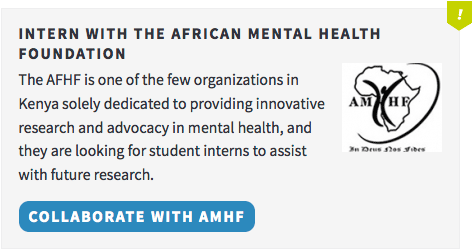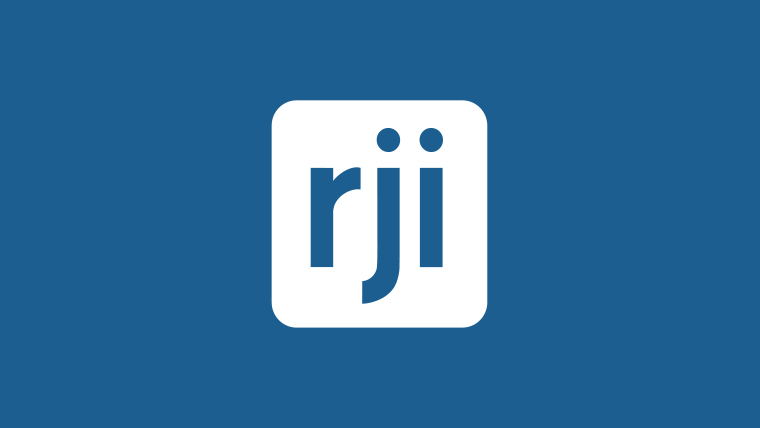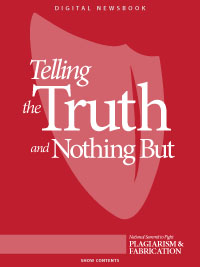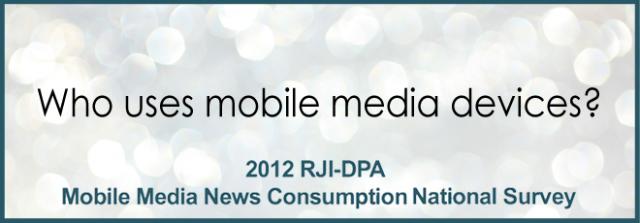
Innovation
StoryAct designed to take news consumers from reading articles to taking action
Good journalism should do more than just inform the audience, says Michael Skoler, vice president for interactive media at Public Radio International and general manager of PRI.org. It should spur them to action. Skoler wants to take audience engagement with PRI beyond the share button at the end of a news article. As part of … Continued
Futures Lab update #96: Tips for mobile news delivery, and remixing with Trio
This week we get tips on what works when delivering news via mobile devices, and we check out a new app designed for remixing content. PART 1: Mobile insights As part of Al Jazeera’s Research & Development lab, the recently launched app AJ+ serves as an ongoing experiment in ways to deliver news via smartphones. … Continued
A 2008-2009 Reynolds Fellow leads development of new journalism innovation center at Oregon
An innovation center committed to exploring how citizens can interact and gain value from journalism is becoming reality for the University of Oregon’s School of Journalism, thanks to a generous anonymous donor. UO alumnus Mike Fancher has been tasked with launching the new think tank — the Center for Journalism Innovation and Civic Engagement — … Continued
Futures Lab update #40: News tailored for mobile platforms
This week we bring you three examples of how news is being reengineered for people on the go. PART 1: Circa The mobile app Circa has received a lot of attention for its effort to redefine the experience of keeping up with the news via smartphone. The operation is half newsroom and half tech start-up … Continued
RJI produces e-book to help fight plagiarism and fabrication
The American Copy Editors Society (ACES) will introduce a provocative new e-book produced at the RJI during the organization’s annual conference on April 4-6 in St. Louis. The e-book, titled “Telling the Truth and Nothing But”, addresses one of the most vexing issues confronting journalism today — plagiarism and fabrication. At the end of 2012, … Continued
In Twitter we trust: Can social media sway voters?
RJI Fellow Brian Houston interviewed on NPR’s Science Friday.
Q1: Who uses mobile media devices?
2012 RJI Mobile Media News Consumption Survey According to our findings, two-thirds of U.S. adults used at least one mobile media device in their daily lives during the first quarter of 2012. Smartphones and large media tablets are now the preferred mobile media devices. In the two years since Apple defined the large media tablet … Continued
#RJInnovation (2012): How to attract and retain YAYA employees
Former Reynolds Fellow Stephanie Padgett, building on the work of another former Reynolds Fellow, Margaret Duffy, is working with top strategic communications students to identify strategies for businesses to effectively interact with Youth and Young Adults (YAYAs). YAYA Connection has worked with various clients to help them develop marketing strategies to engage the YAYA generation, … Continued
New iPad will put more pressure on publishers to adapt
As expected Apple has again raised the bar for competitors in the tablet market that the late Steve Jobs defined with the iPad. It also will put more pressure on publishers to make their iPad editions more compelling and visually rich. The third-generation iPad introduced today, which Apple calls the “New iPad”, not the iPad3 … Continued









